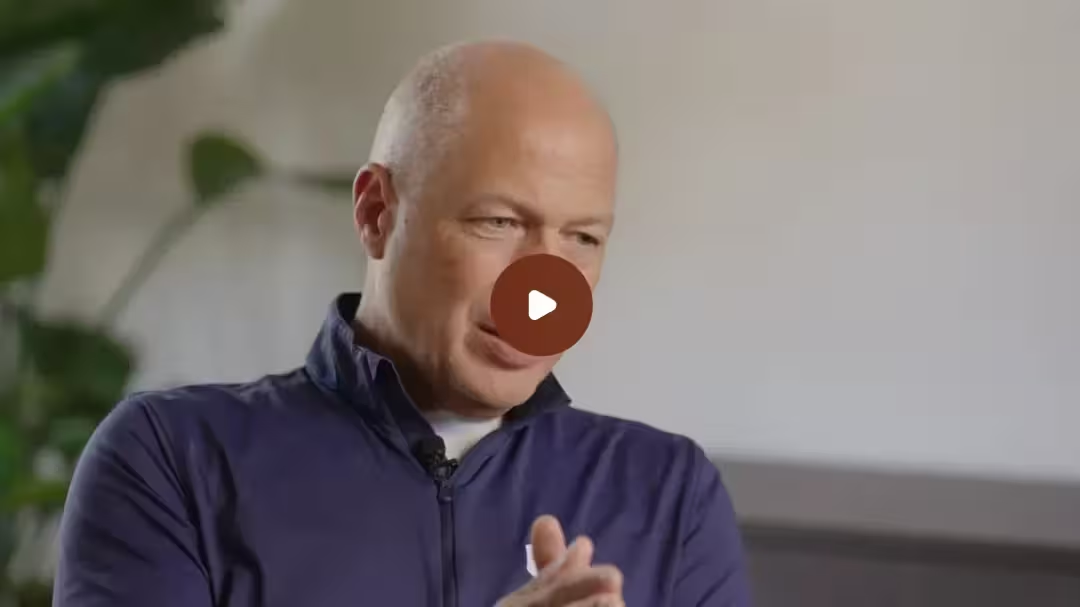Why deals are slipping more
Kluster data shows a significant trend: deals are slipping more frequently. This increase is largely due to the involvement of more stakeholders, such as CFOs and procurement officers, especially in the later stages of transactions. This added scrutiny has caused deal slippage to almost double, rising from 12% to 22%. Economic uncertainty and heightened due diligence also play significant roles in this trend.

Good news: signs of improvement
Despite the overall increase in slippage, there's a silver lining. The number of deals slipping by count has materially dropped from the highs seen in December 2023. This indicates that the market is picking up and companies are getting better at qualifying deals from the outset.
How to calculate and track deal slippage
- Calculate your slippage: Begin by calculating the percentage of your deals that slip. This will give you a baseline understanding of your current situation. Use CRM tools to track changes in deal close dates accurately.
- Monitor a rolling average: Implement a rolling average to track your current slippage and understand market trends in real-time. Regular snapshots of your sales forecast can help you compare and visualize slippage over different periods.
- Make slippage visible: Share your analysis with the team. Visualizing slippage and other forecast changes for each team member can help improve accountability and forecast accuracy.
Reasons for deal slippage and how to mitigate them
- Economic uncertainty and budget constraints: Economic conditions can impact buyer confidence and budget availability. Regularly update your understanding of your clients' financial situations and be prepared to adjust your strategies accordingly.
- Increased stakeholder involvement: More stakeholders mean more opinions and potential delays. Engage all key stakeholders early in the process and keep them informed to prevent last-minute objections and delays.
- Misalignment of priorities: Ensure that the sales team's priorities align with the customer's. Focus on understanding and addressing the customer's specific needs and pain points to build stronger value propositions.
- Miscommunication and lack of information: Clear and consistent communication is crucial. Provide all necessary information upfront and ensure that all decision-makers have access to the same data to avoid delays caused by miscommunication.
Practical steps to reduce deal slippage
- Improve deal qualification: Use robust qualification frameworks like MEDDICC to ensure that deals are well-qualified from the outset. This reduces the likelihood of surprises and delays later in the process.
- Build strong customer relationships: Nurture relationships with customers by maintaining clear and consistent communication throughout the sales process. This builds trust and can help expedite decision-making.
- Streamline sales processes: Invest in tools and systems that streamline your sales processes, such as CRM and sales automation software. This helps eliminate redundant tasks and keeps the sales team focused on closing deals.
- Set realistic expectations and deadlines: Clearly communicate timelines, costs, and expected outcomes with clients. Setting realistic expectations helps prevent last-minute surprises and ensures that both parties remain aligned throughout the process.
Conclusion
Kluster data confirms that deals are slipping more, but with careful monitoring, improved qualification processes, and effective communication, you can navigate these challenges effectively. Keep a close eye on your metrics, stay agile, and adjust your strategies as needed to keep your deals on track. By understanding the underlying causes and implementing these practical steps, you can reduce slippage and achieve more predictable sales outcomes.
By following these steps, you can take control of deal slippage, making your sales process more predictable and your forecasting more accurate, ultimately leading to a more robust and resilient sales pipeline.



.svg)
.svg)
.svg)
.svg)










